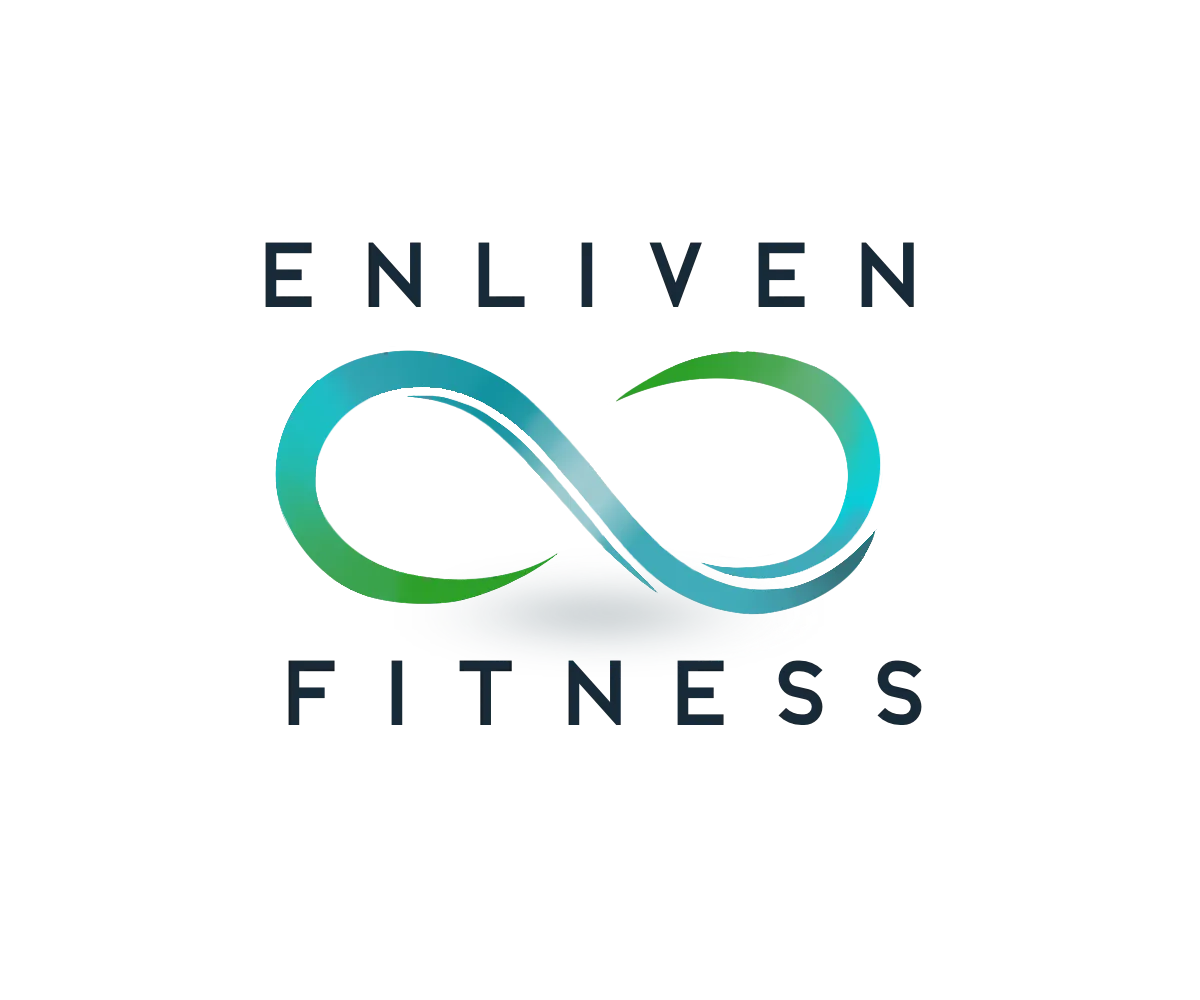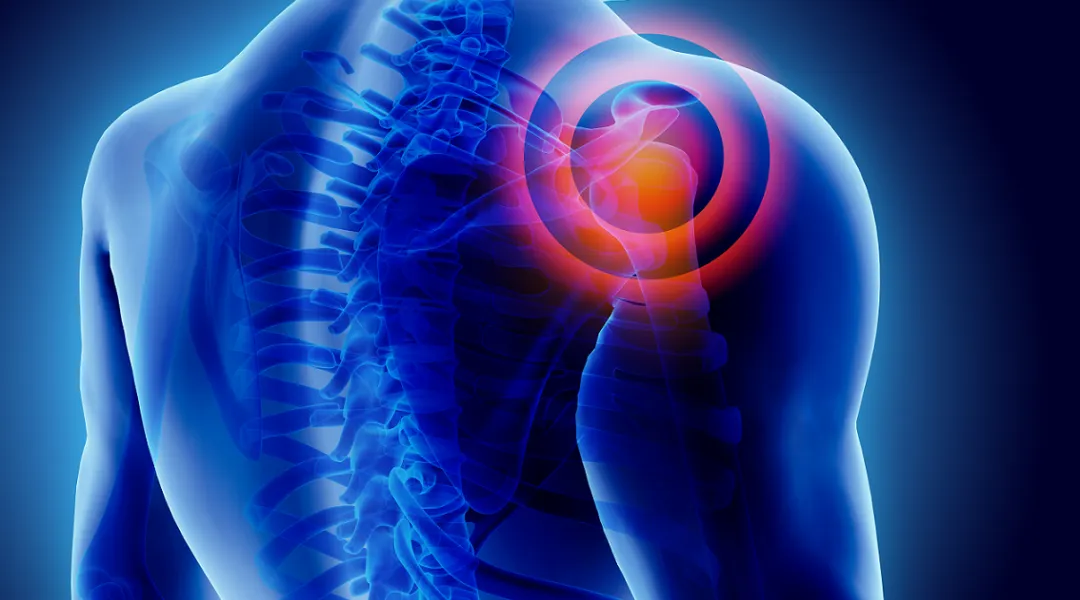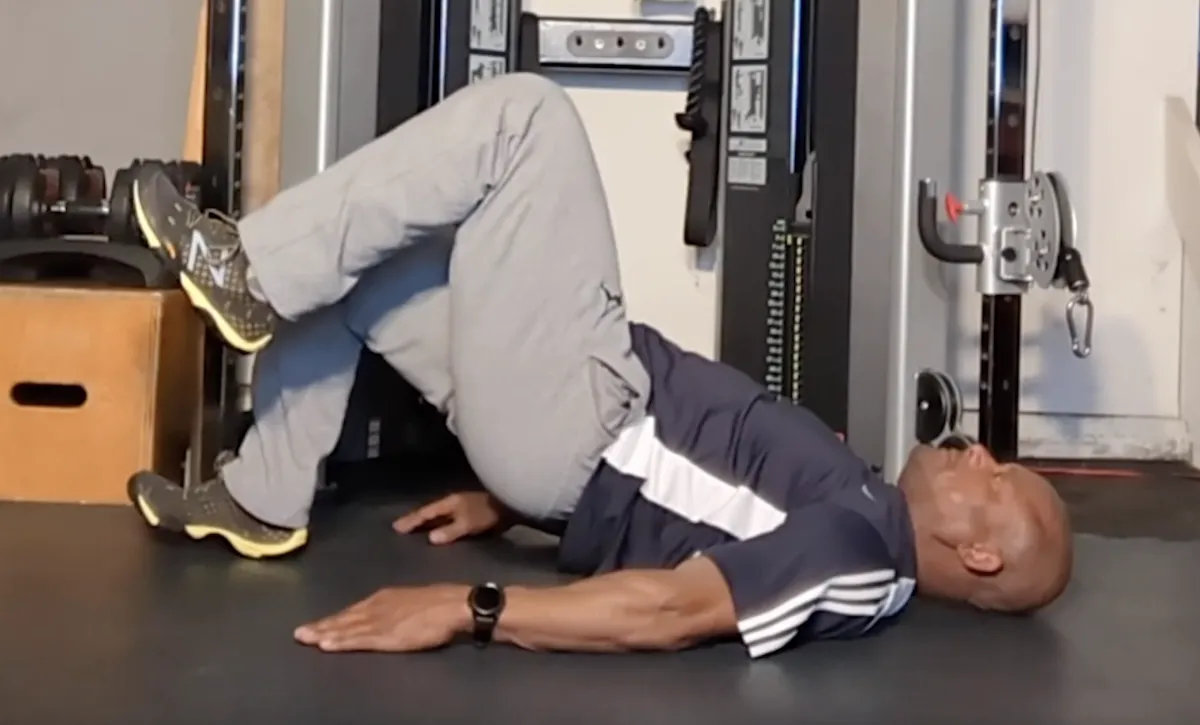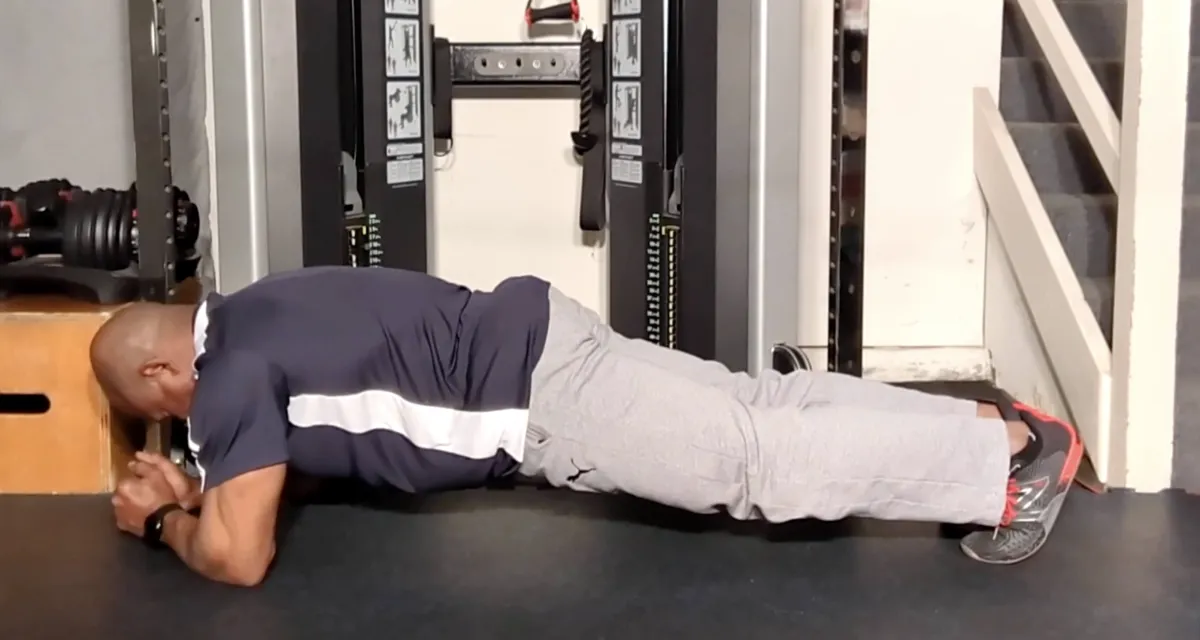
RESOURCES

5 Everyday Habit that could be Making Your Shoulder Pain Worse
Shoulder pain is a common complaint, often resulting from daily habits we overlook. Identifying and modifying these behaviors can significantly alleviate discomfort.
Here are five everyday habits that might be contributing to your shoulder pain:

1. Carrying Heavy Bags on One Shoulder
Regularly shouldering heavy bags, such as purses, backpacks, or briefcases, on one side can lead to muscle imbalances and strain. This uneven load forces your shoulder muscles to overcompensate, resulting in pain and discomfort.
Tip: Opt for backpacks with two straps to distribute weight evenly. If a single-strap bag is necessary, make a conscious effort to switch sides frequently to balance the load.
2. Prolonged Poor Posture at the Desk
Sitting for extended periods with poor posture—such as slouching or hunching over—places undue stress on the shoulder muscles and joints. This can lead to tension and chronic pain over time.
Tip: Ensure your workstation is ergonomically set up. Keep your computer monitor at eye level, feet flat on the floor, and shoulders relaxed. Regularly check your posture and make adjustments as needed.

3. Sleeping on Your Stomach
Sleeping on your stomach can cause your neck and shoulders to twist into unnatural positions, leading to muscle strain and discomfort upon waking.
Tip: Try sleeping on your back or side with a supportive pillow that maintains proper spinal alignment. Placing a pillow between your knees can also help reduce strain.
4. Neglecting Regular Stretching and Strengthening
A sedentary lifestyle without regular stretching and strengthening exercises can cause muscles to become tight and weak, making the shoulders more susceptible to pain and injury.
Tip: Incorporate daily self-myofascial release and stretches focusing on the shoulders, neck, and upper back. Strengthening exercises, such as rows, upper back and rotator cuff exercises, can also help maintain muscle balance and support.

5. Cradling the Phone Between Ear and Shoulder
Holding your phone between your ear and shoulder while multitasking can strain the neck and shoulder muscles, leading to discomfort and eventually pain.
Tip: Use a headset or speakerphone during calls to keep your hands free and maintain proper posture.
By becoming aware of these habits and making conscious changes, you can significantly reduce shoulder pain and improve your overall quality of life. Remember, small adjustments in daily routines can lead to substantial benefits in musculoskeletal health.
The quality of your life is directly proportional to how well your body functions!
Sheila Mann's Testimonial
Sheila Mann doing Suspension Strap Push-ups on an elevated Single Leg.
Just another Saturday Workout Part 2
Spray Tan Fitness
Dreams or Goals
Intro to Self-Myofascial Release
Self Massage using the Energy F X Tube (Upper Body)
Self-Massage for Lower Body using Energy F X Tube (IT Band , Glutes)
Level 3
This is our advance level. In this level you will be asked to increase the challenges to your strength, balance and to some degree, your conditioning. We continue to focus on the major joints of the body (hips, shoulder, and knees) with the added challenge of resistance. This level also includes the added challenge of coordination, as many movements require the integrated movement of both upper and lower body.

Level 4
This is our premium level. In this level you will be asked to significantly challenge your body through increased demands on your functional core strength in movements that will significantly challenge your balance and strength simultaneously. Here we will ask you to begin to optimize your balance, core activation, and improved range of motion in a functional aspect – integrated movement of both upper and lower body, but at a higher level of accountability.

